Best Types Of Japanese Mushrooms
Japanese people are proud of their well-balanced diet which has a reputation for bringing relative health, longevity, and slimness. A large part of what makes Japanese cuisine so healthy is the wide variety of Japanese mushrooms. Some of the most popular ones are introduced below. Hope this little guide to fungus and their uses will interest you!
Japanese mushrooms: Amazing cooking ingredient
Mushrooms in Japanese Cuisine
Mushroom, also called “kinoko” (キノコ) in Japanese, is an essential ingredient in Japanese cuisine. Specifically, it is the fleshy, fruiting body of a fungi. Most types of mushroom have stems and caps, and some of them have gills which are the little frills you see on the underside of a mushroom’s cap.
A big factor in the flavor of many mushrooms is their umami. Umami basically means “deliciousness,” but was applied by scientists to mean a sort of rich, savory flavor. In addition to being delicious and flavorful, Japanese mushrooms provide numerous health and nutritional benefits. Japanese mushrooms are a low-calorie, low cholesterol food that can add variety to your diet. Modern studies are finding that, in addition to cardiovascular benefits and an immune system boosting effect, Japanese mushrooms may even contain anti-cancer properties.

In addition to being delicious, Japanese mushrooms have high nutritional value, a number of health benefits and a long history of use in traditional Asian medicine
There are lots of tasty mushrooms out there, but there are also many that could give you a stomach ache or worse. That’s why you need to know about popular types of Japanese mushroom and how to cook them.
Types of Japanese Mushrooms
-
Shiitake
Shiitake is probably the one Japanese mushroom that most people have ever heard of. “Shii” is the name of the tree that this fungi commonly grows on, and “take” is the Japanese word for mushroom. Shiitake features with white stems, thick brown caps ranging from tan to dark in color and is rich in healthy nutrients. When cooked, shiitake is aromatic and has a nice rich, woody flavor.
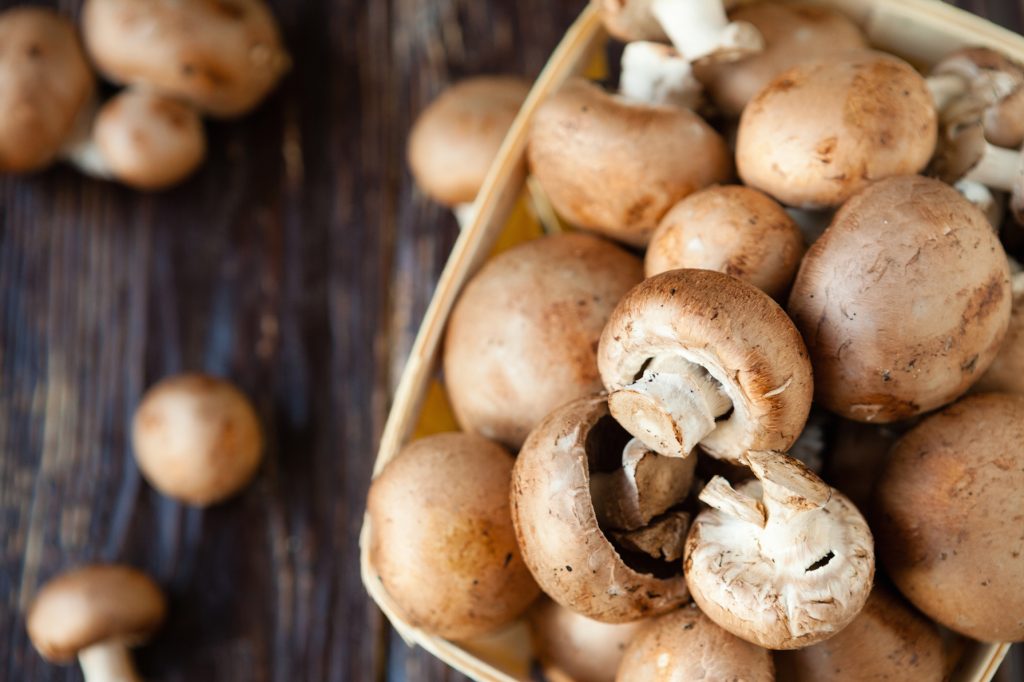
The meatiness and distinctive smoky flavor are the main characteristics of it
This mushroom is said to be low in calories and packed with B-complex vitamins, which promotes metabolism and the production of red blood cells. Additionally, with numerous essential minerals, it is particularly good for strong bones and an excellent alternative source of iron. Pantothenic acid and selenium contained in this fungi also help diminish inflammation as well as stimulate tumor and cancer resistance.
Shiitake comes into two varieties: fresh and dried (or dehydrated). For fresh shiitake, make sure you check the tenderness of the stems before cook. Keep the tender stems and remove the tougher ones then you’ll have a great soup stock ingredient! The dried version is certainly more flavorsome and nutritional. Remember to soak it in water for several hours before using.
Shiitake mushrooms can be found in various dishes such as oden, tempura, nimono and soup. On top of that, they are perfect for nabe (hotpot). It can also used to combine with kombu to make a vegetarian and healthy broth, which is a nice alternative to bonito.
SEE MORE:
- How To Make Onigiri – A Comprehensive Guide
- Among The Most Popular Sushi Rolls, Best Taste Goes To …
-
Maitake
Being found in not only Japanese hardwood forests but also many parts of China and North America, maitake (舞茸) is another one of the major culinary types of Japanese mushrooms which sometimes is referred to as the king of mushrooms.
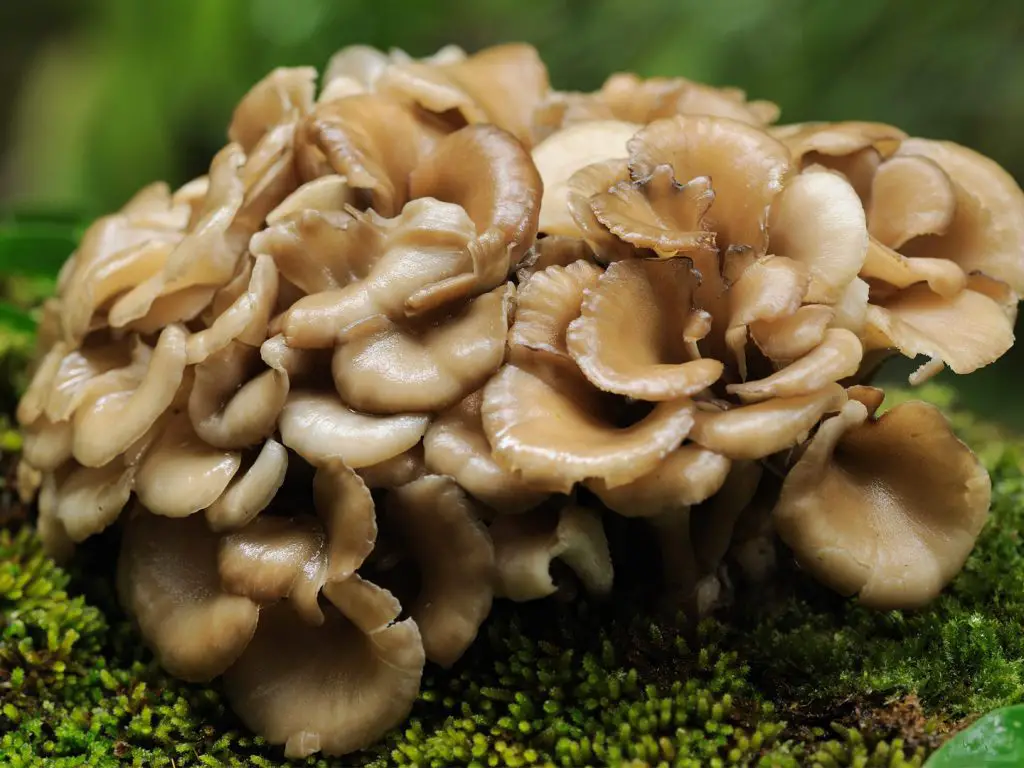
This funny looking mushroom is called maitake which literally translating to “dancing mushroom”
Unlike many other mushrooms, maitake has a fairly soft texture which could be easily removed from its stem. It grows in tight, cabbage-like clusters and could gain the weight of 40kg (100 pounds). The main maitake season is between September and October, but they can be found on farmers’ markets both in the States and in Japan almost all-year round.
Maitake is said to have medical properties due to the great amount of antioxidants, vitamin B, C, copper and beta-glucans contained in it. Recent research has shown that maitake has significant effects on fighting cancer and treating diabetes II.
This healthy fungal delicacy has an earthy, nutty and spicy taste that many people love. Maitake is excellent for tempura, pasta and pairs well with soba or udon.
-
Eryngii-take
Eryngii, also known as King Trumpet or King Oyster, is the largest of all oyster mushrooms. This fungi’s originally found in Mediterranean Europe, the Middle East, and a small number in North Africa then mass cultivated in Japan a couple of decades ago. It could be easily distinguished by plump, meaty, white stem and relatively small, tan cap.
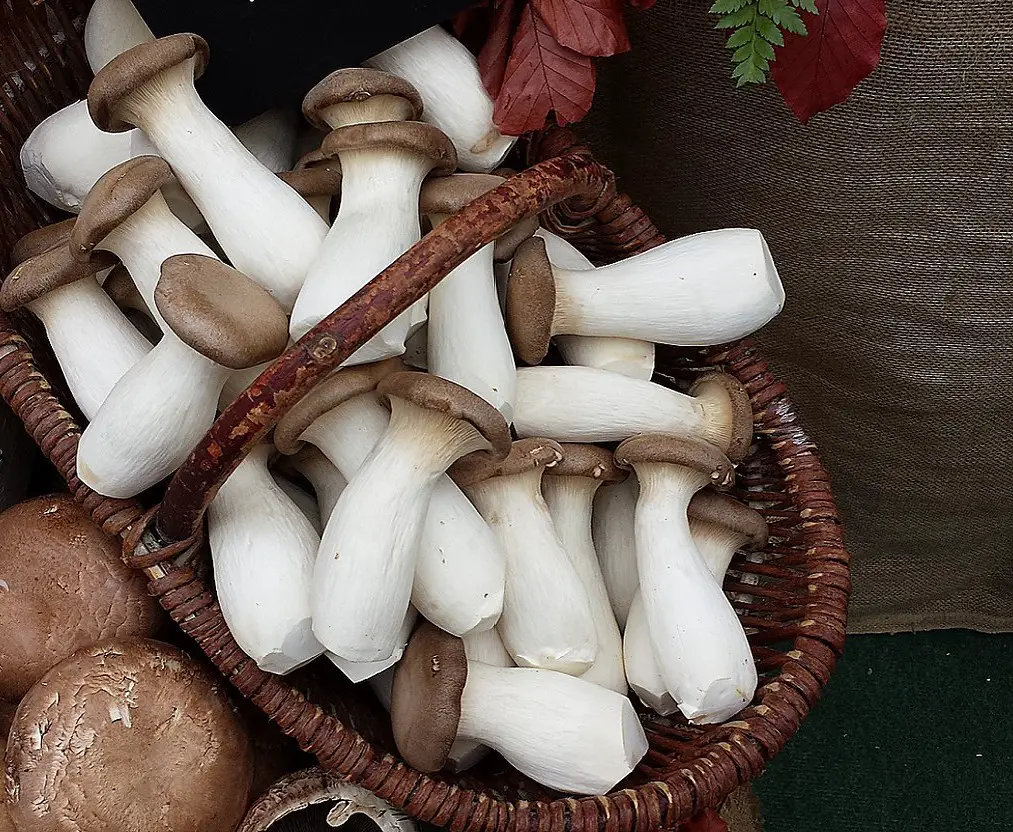
Unlike other oyster mushrooms, their stalks aren’t tough and woody to eat
Eryngii has naturally occurring antioxidants, which protects human body against harmful damaged cells, thus reducing the risk of chronic disease. Moreover, it improves blood flow and the activity of immune system to help the body fight inflammation. The king oyster mushroom is also a good source of protein, vitamins and mineral selenium which is easier to absorb than the inorganic selenium typically found in dietary supplements.
It’s likely that eryngii has almost no flavor when raw, but its aroma and umami come forward when cooked. Eryngii is said to be particularly good when grilled. It’s also a nice substitute for meat, especially in vegetarian and vegan dishes!
-
Enokitake
Enokitake is named after the tree on which it grows and popularly used in both Japanese and Chinese cuisine. Enoki main season lasts from September to March, that’s why it’s sometimes called “winter mushroom”. You can simply recognize enoki by its characteristics dense clumps of long skinny mushrooms with small, white stems. Wild enoki could be found in brownish-orange color with shorter and thicker stems.
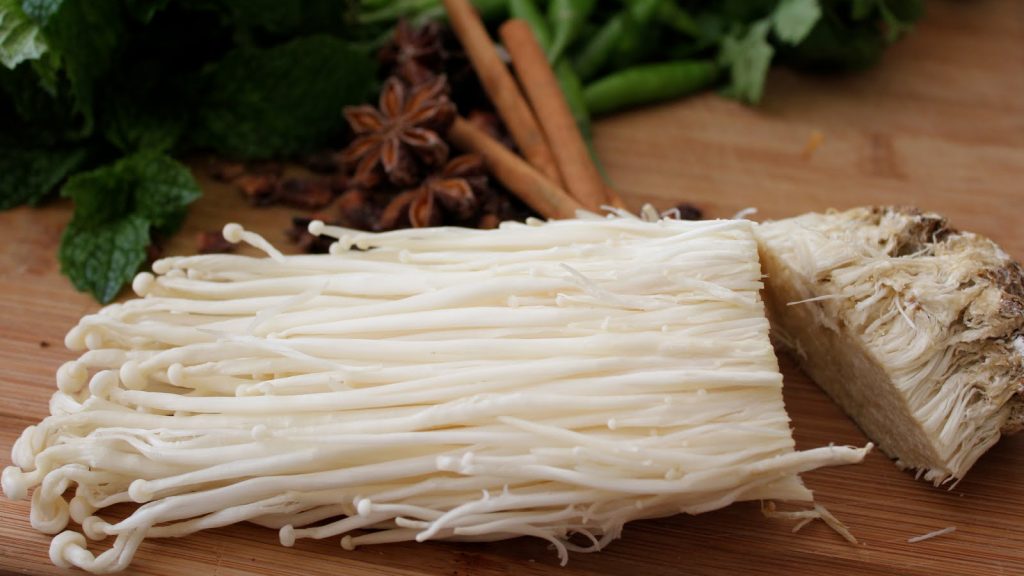
It could be easily grown at home
Enoki mushrooms are low calorie, low fat, and sugar free. In addition, enoki is high vitamin D and niacin (Vitamin B3), which are beneficial to those at risk for type-2 diabetes and second heart attacks. It also helps boost the immune system, lose gut fat and trigger cancer fighting cells.
Enoki has a light, somewhat sweet flavor and a relative crispness. They are often used in soups, nabe and sukiyaki recipes, as well as wrapped in bacon at yakitori restaurants. Don’t forget to check the mushrooms’ freshness before you cook. Make sure their stalks and caps are white and shiny.
-
Matsutake
The truffle of Asian mushrooms, which is highly-priced and sought-after for its distinct spicy-aromatic odor. Matsutake features with long, thick stems and knob-like brown caps. It’s mainly found on the roots of red pines in Japan’s forests. This gourmet mushroom cannot be cultivated and is only available in autumn, that’s why it can fetch $1000 – $2000 per pound. It’s told to be most valuable when picked just before surfacing with the umbrella still closed.
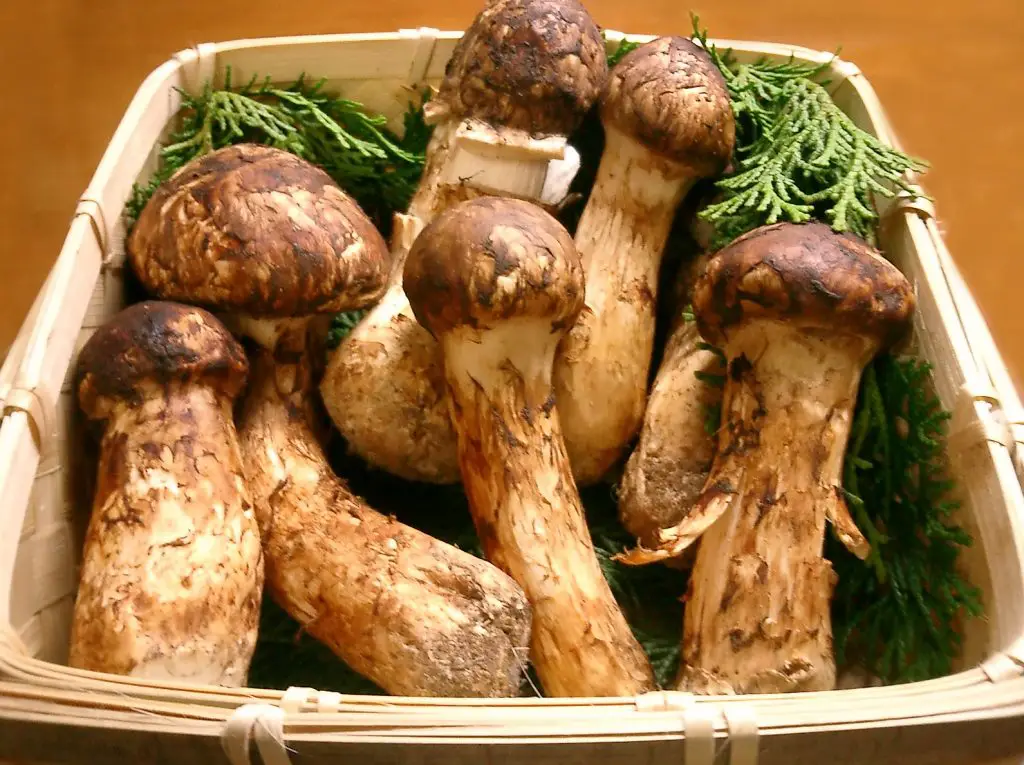
It has a symbiotic relationship with pine trees
Along with the mushrooms mentioned above, matsutake promotes heart health and tumor and cancer resistance. It also contains copper, which is essential for the production of red blood cells.
Matsutake can be enjoyed in various ways but it is best served when cooked in rice (matsutake gohan). In this way, the aroma will be well-preserved and rice will have characteristic earthy and spicy flavour.
-
Nameko
Nameko is the cute little mushroom which could also be found as a character in Japanese comic and mobile game. In nature, it is small with orange or amber-brown gelatinous caps and grows in clusters.

Nameko means slimy mushrooms because it is coated with a gelatinous texture
Nameko is high in vitamin B, copper, potassium and calcium. It’s said to strengthen the immune system, lower cholesterol and like the other mushrooms, it has cancer-fighting properties and antioxidants.
With the mildly nutty flavor, it is popularly eaten in stir-fries, hot pots and even sushi rolls. Also, the thin layer of gelatin on their caps, which forms a sort of glaze when cooked makes nameko a perfect ingredient for miso soup or soba noodles.
-
Shimeji
First cultivated in East Asia and northern Europe, Shimeji (シメジ) are a group of mushrooms that characterize by their long stems and petite globular caps. There are over 20 species of shimeji mushrooms. The most common varieties enjoyed in Japanese cuisine includes hon-shimeji, buna-shimeji, and versatile. Hon-shimeji is quite difficult to cultivate but other species such as buna-shimeji and versatile are now widely cultivated and easily seen in every supermarket.
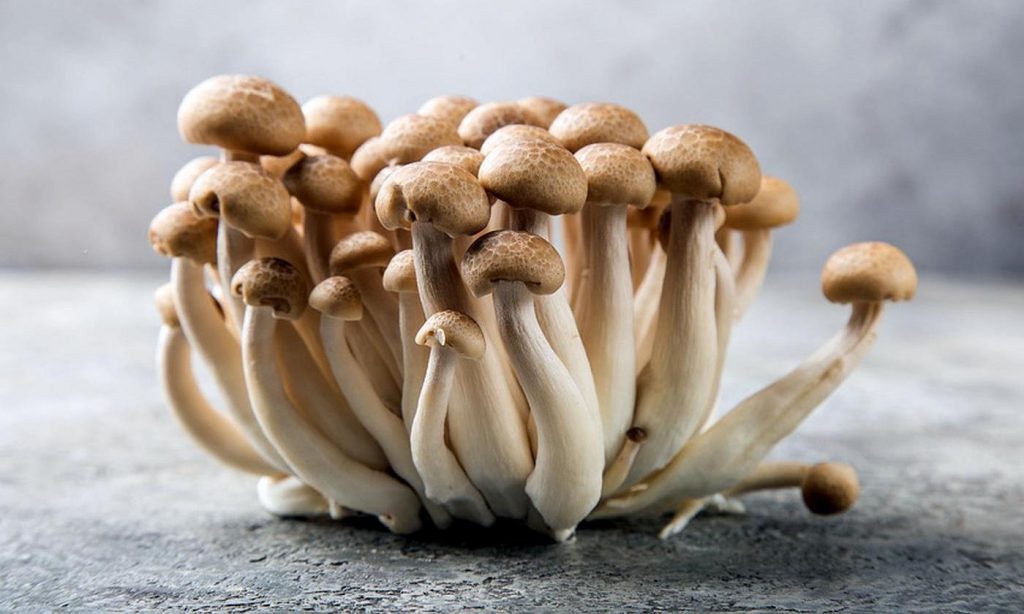
Both caps and stalks of shimeji are edible
They have a firm, slightly crunchy texture and they taste bitter when raw, but this unpleasant aroma disappears entirely when cooked, leaving you with a mild, nutty flavor. They are good for most recipes, from udon and soba receipts to nabe or takikomi gohan, and even as a side dish for seafood. Shimeji mushroom is found to be a good source of protein making it a perfect ingredient for vegetarians. They also contain copper, B vitamins, potassium and zinc.
- Kikurage Mushroom
The name kikurage itself may sound unfamiliar, however, in fact it’s one of the most commonly eaten types of Japanese mushrooms. Kikurage, also known as wood ear mushroom, appears in ear shape, dark color and unusual, crunchy texture with no gills.
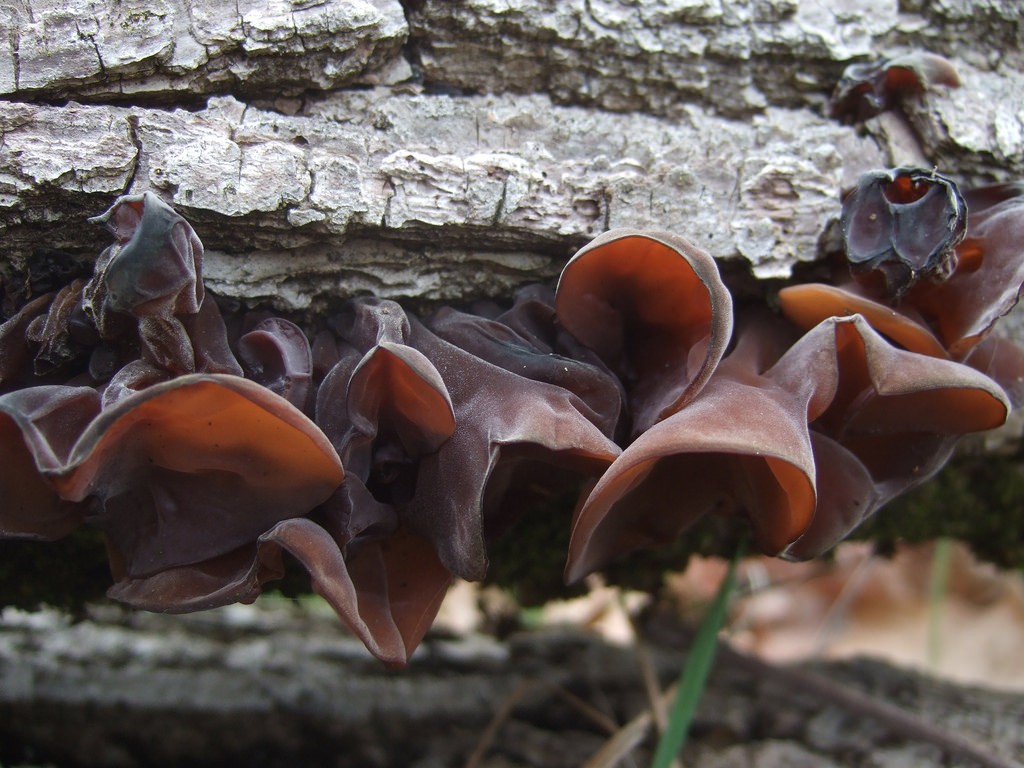
This species occurs in clusters on rotting branches and twigs
Kikurage mushrooms have long been used for its health benefits in traditional Asian medicine. This ingredient offers low calories, low fat, sugar-free and significant amounts of vitamins, which help your body convert carbohydrates into glucose and support liver function. Kikurage also has an anti-inflammatory effect.
Kikurage serves well in various dishes, most commonly seen as ramen topping.
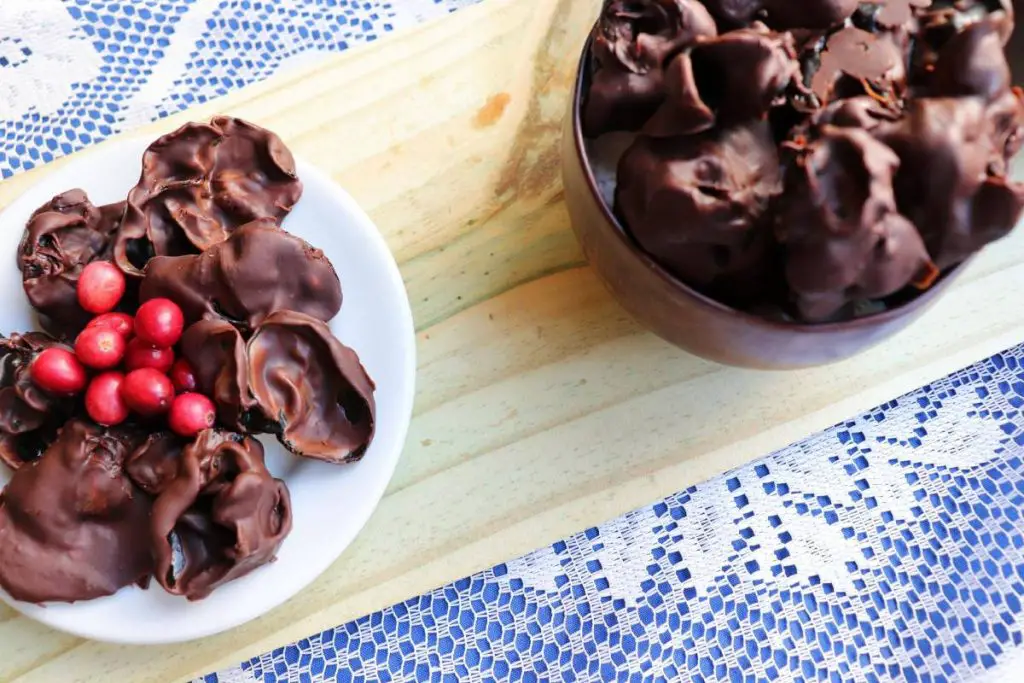
Japanese parents also use kikurage mushroom to make chocolate
SEE MORE:
- Japanese chicken curry – Simple but amazing flavor!
- What does miso taste like? – Quick glance at the soul of Japanese cuisine
-
Magic mushroom
Besides various types of edible mushrooms mentioned above, magic mushroom is the one you should be careful as it can have psychedelic effects when being eaten. It causes hallucinations due to two different chemicals: psilocybin and psilocin.
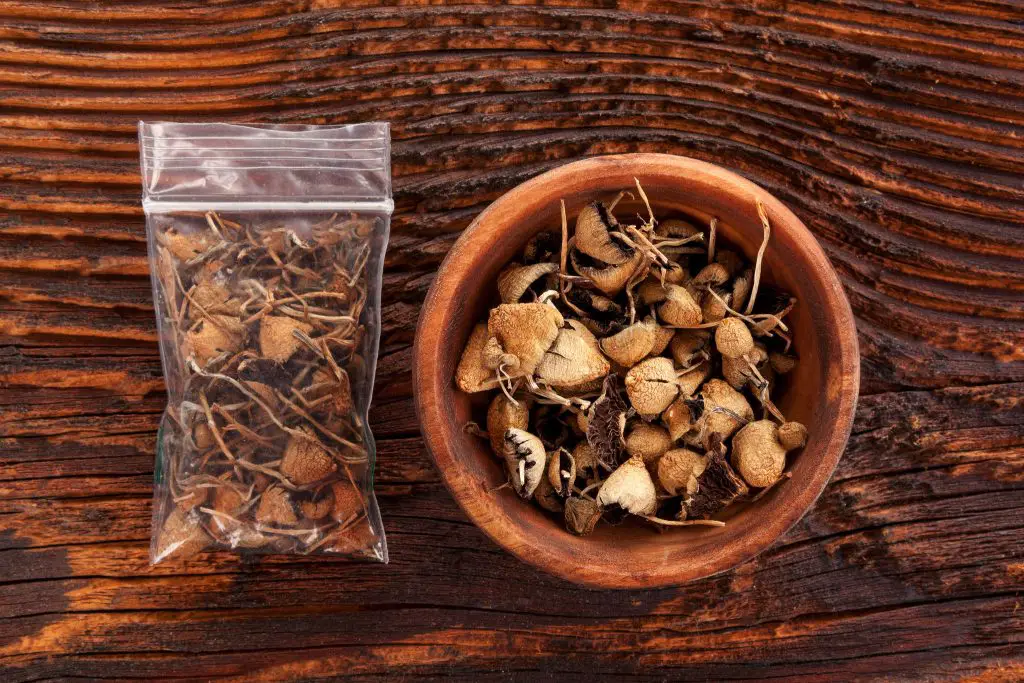
Psilocybin or magic mushrooms are naturally occurring and are consumed for their hallucinogenic effects
In the past, magic mushrooms could be used as drugs and easily bought in head shops, even in vending machines until it was made illegal by Japanese authority in 2002.
Tips to buy and preserve mushrooms
Available year-round, Japanese mushrooms are often sold in a cluster or bouquet in a sealed bag. When selecting mushrooms, look for the ones that feel firm to the touch and are free of bruises or blemishes. Stay away from those that are starting to release moisture or look withered.
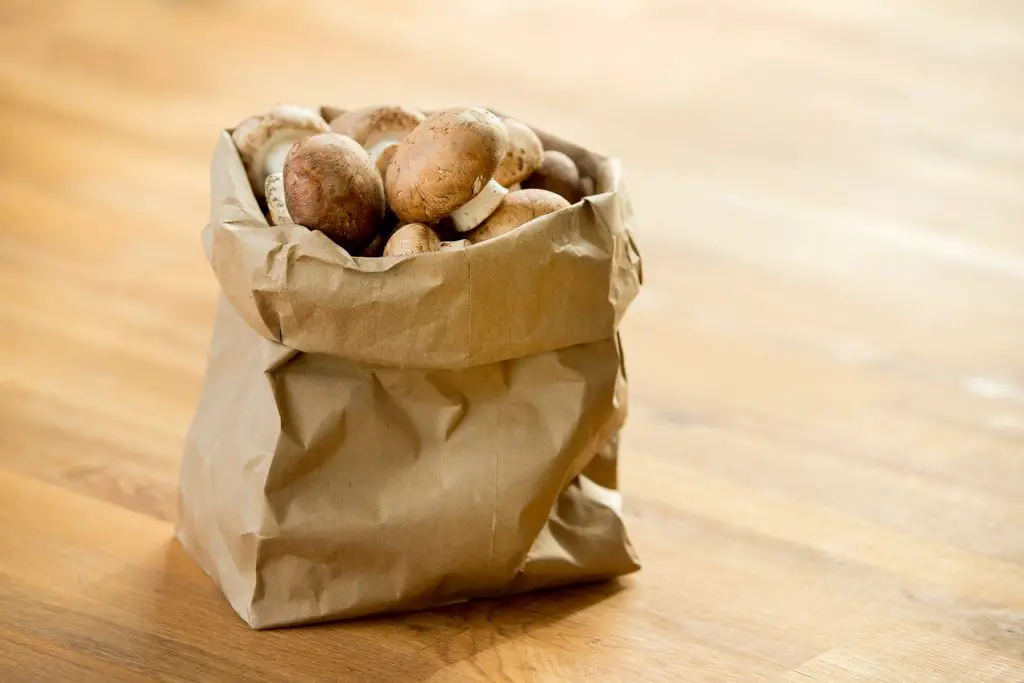
Place whole, unwashed mushrooms in a brown paper bag and fold the top of the bag over
You shouldn’t wash them until you’re about to use them. You can store the mushrooms in a sealed bag in the refrigerator for up to a week though mushrooms are in the best-stored condition when they’re dried or dehydated. If you keep them in a plastic-wrapped tub, poking a few holes in the plastic is a good idea.
Conclusion
Japanese mushrooms are clearly an important part of a healthy diet. Hope you find this piece of guide helpful and informative.
Please feel free to send us your comment or question if any. Thank you!



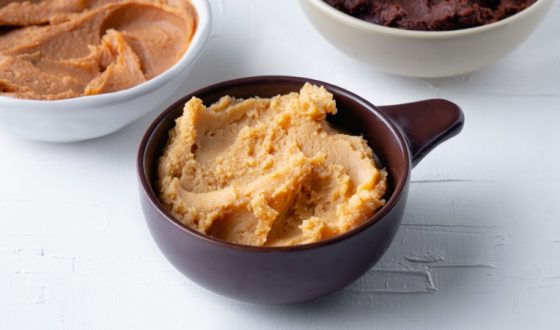
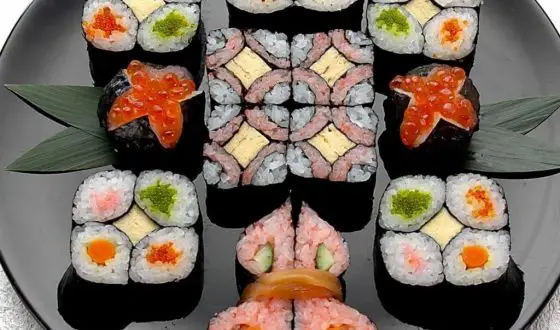





Mr. Suzuki,
I have access to an exceptionally rare mushroom that grows here in California and Japan. It only grows under Monterey Cypress trees and is known as agaricus lilaceps. Do you have any experience with this incredible mushroom? If not, can you point me in the direction of a Japanese mushroom forager? Thanks, Vince
I really enjoyed this article … very interesting and informative! However, I believe the photo of mushrooms under Shiitake are actually button mushrooms (マッシュルーム) and not of Shiitake.